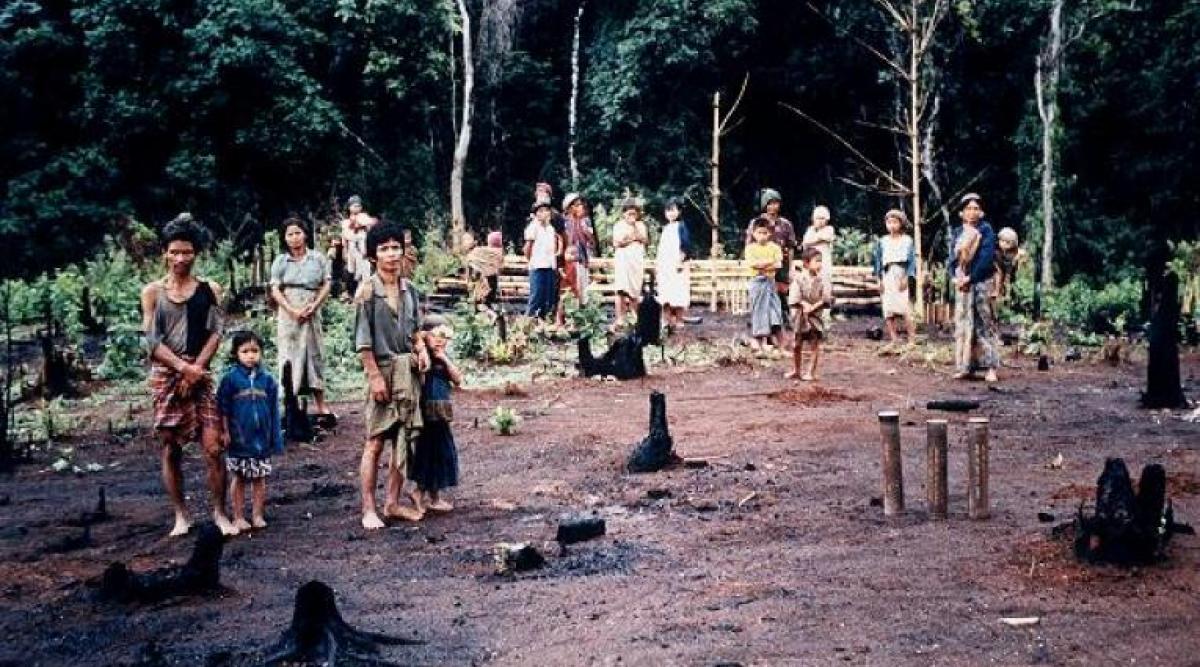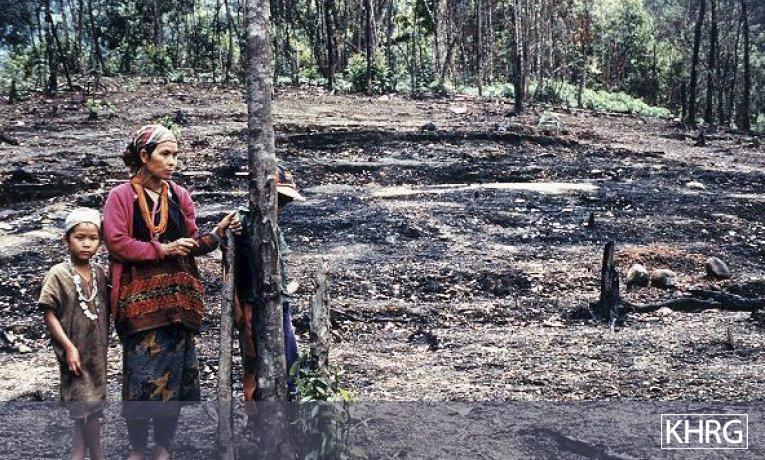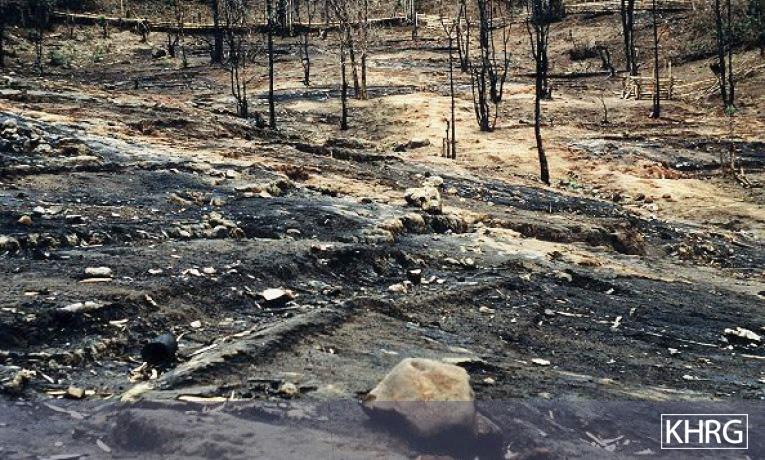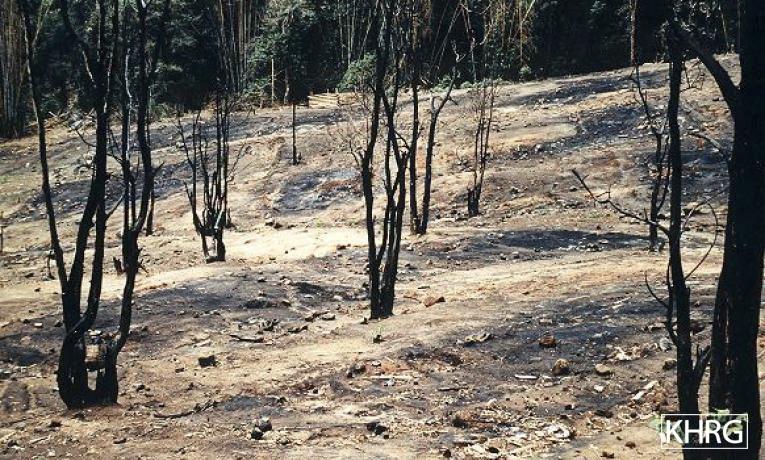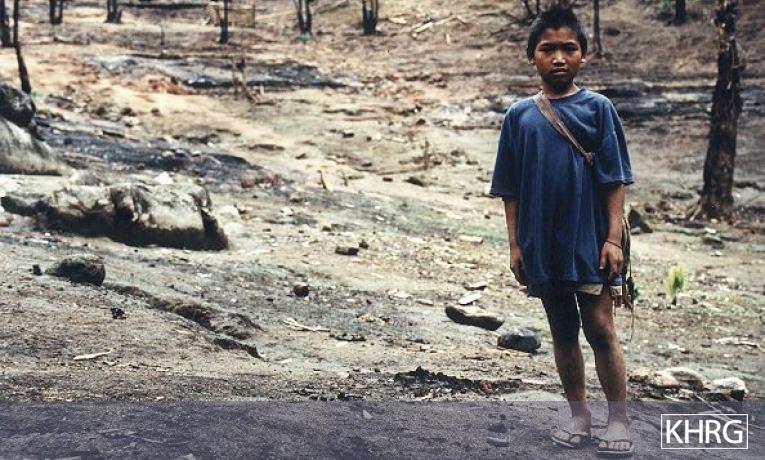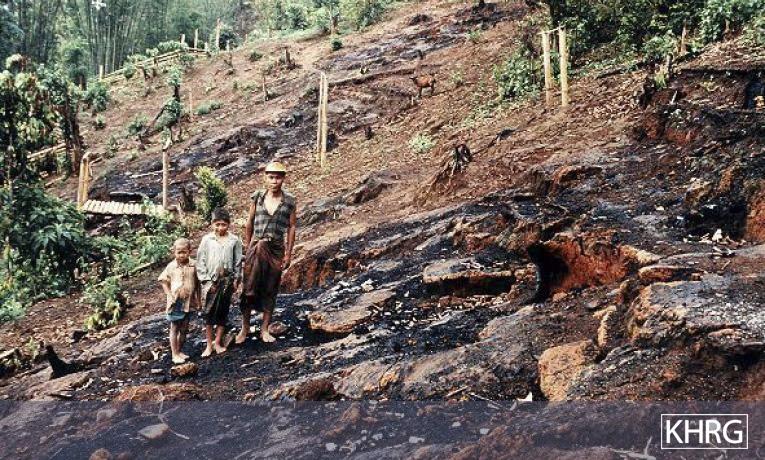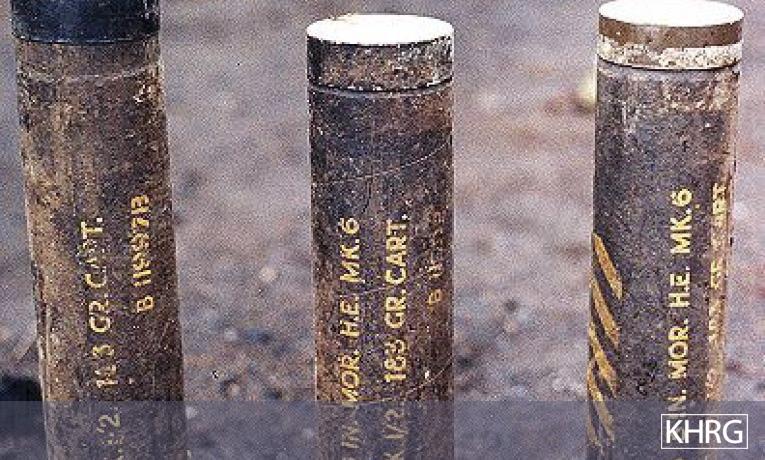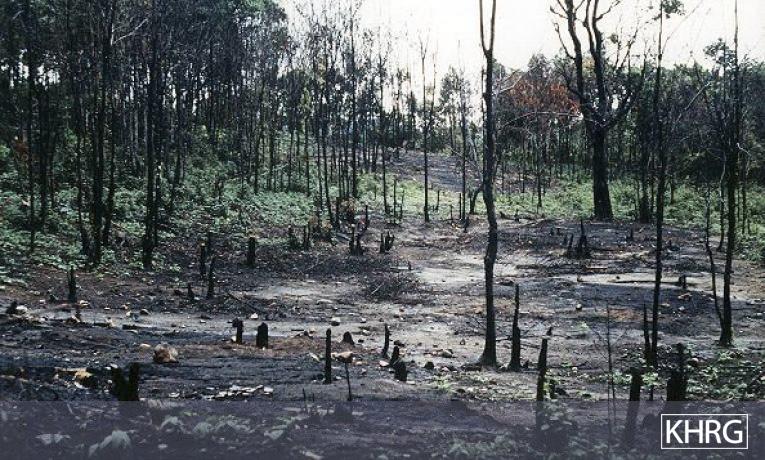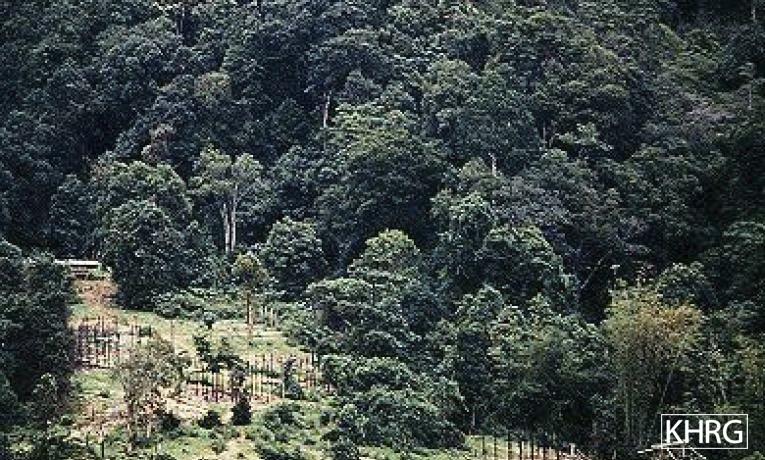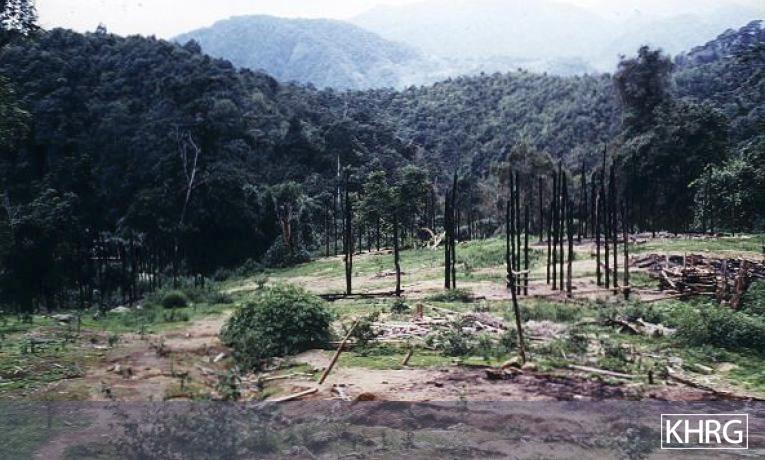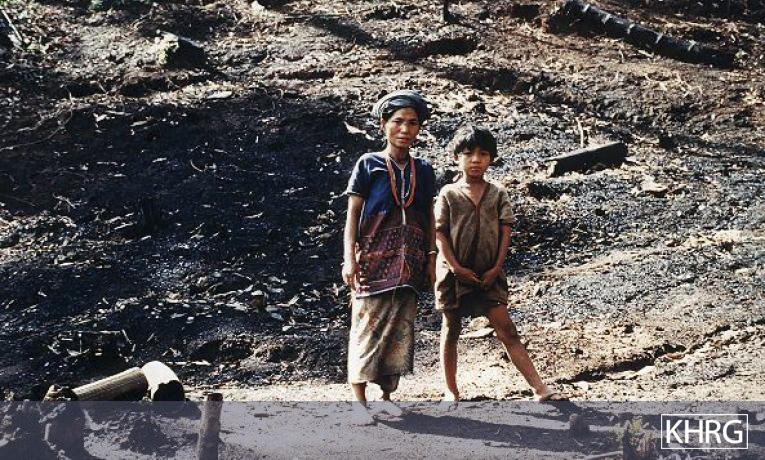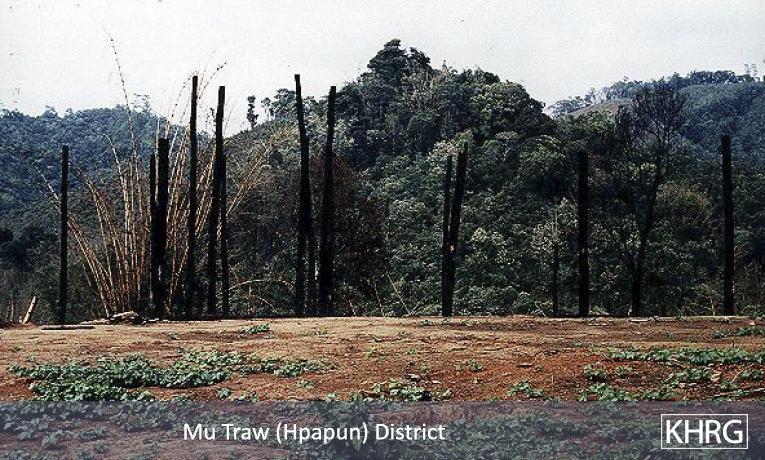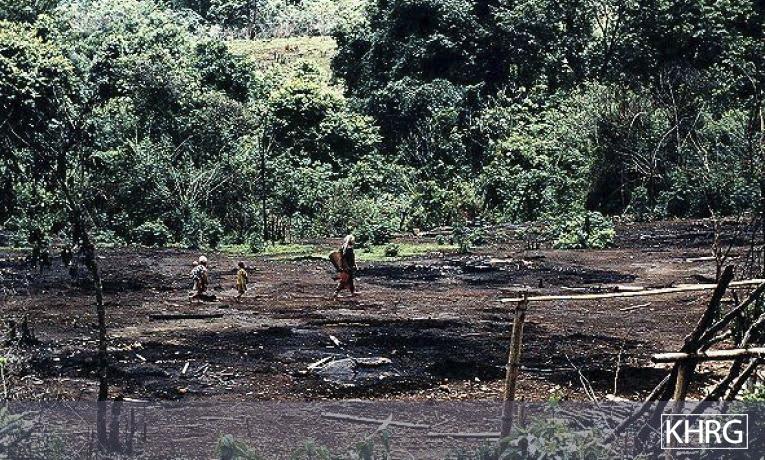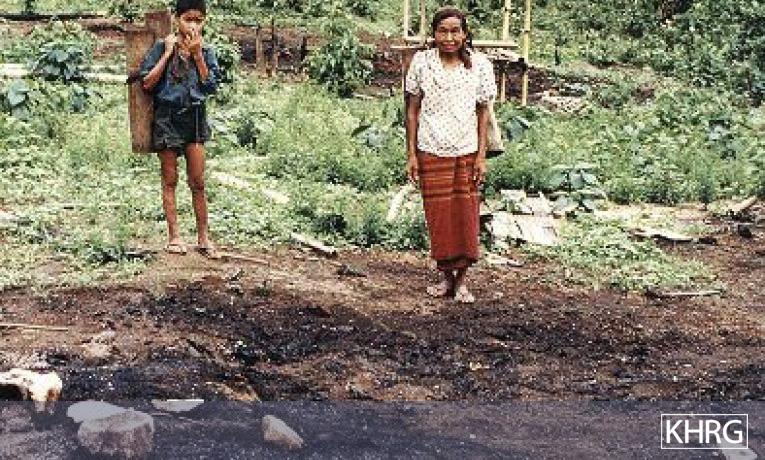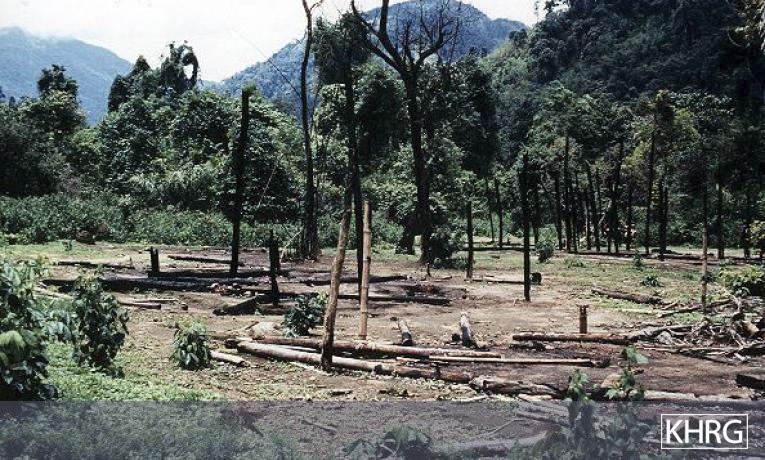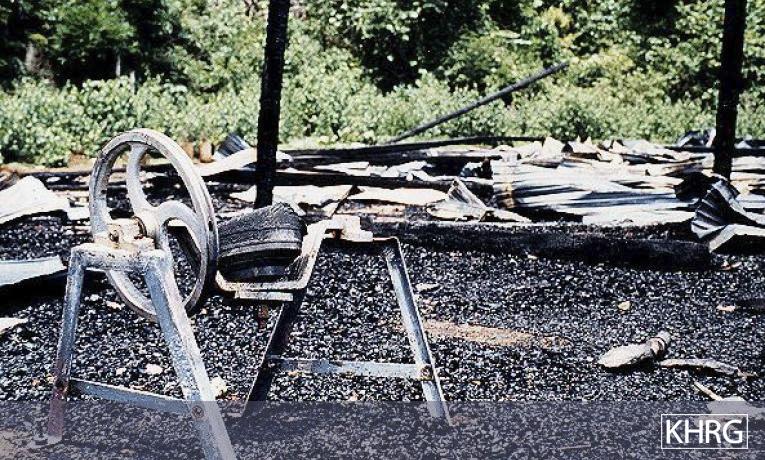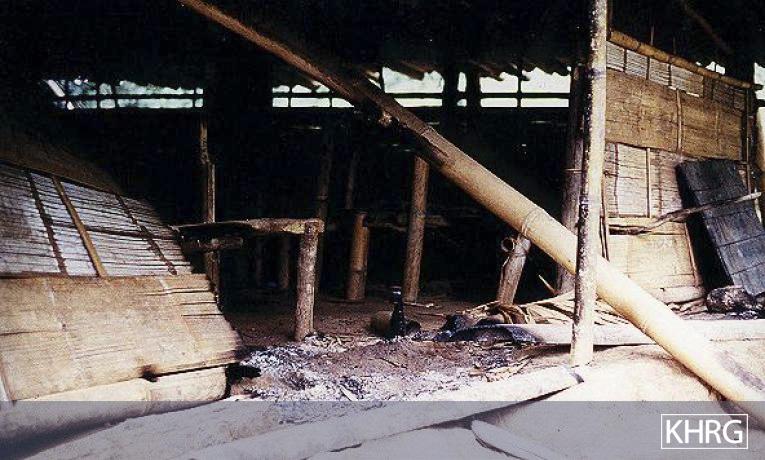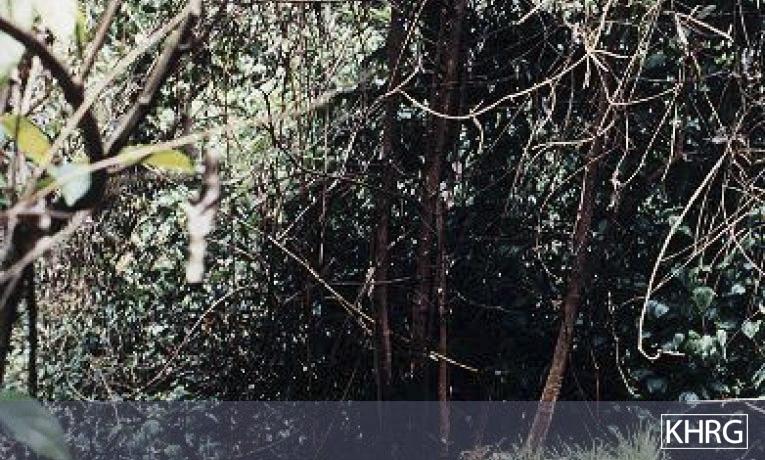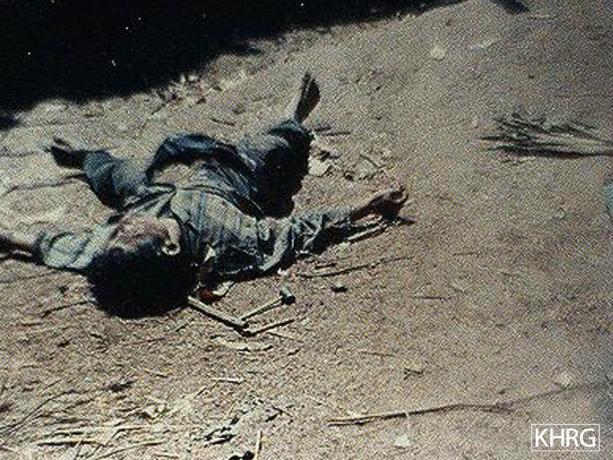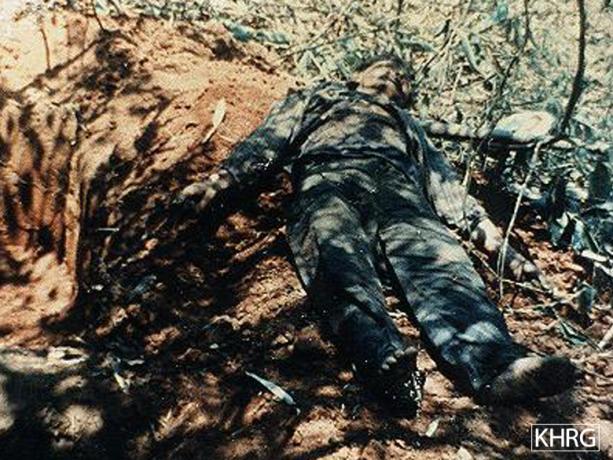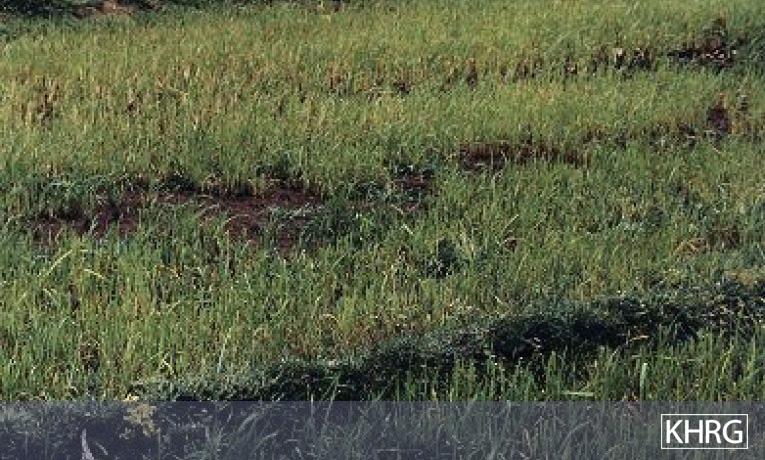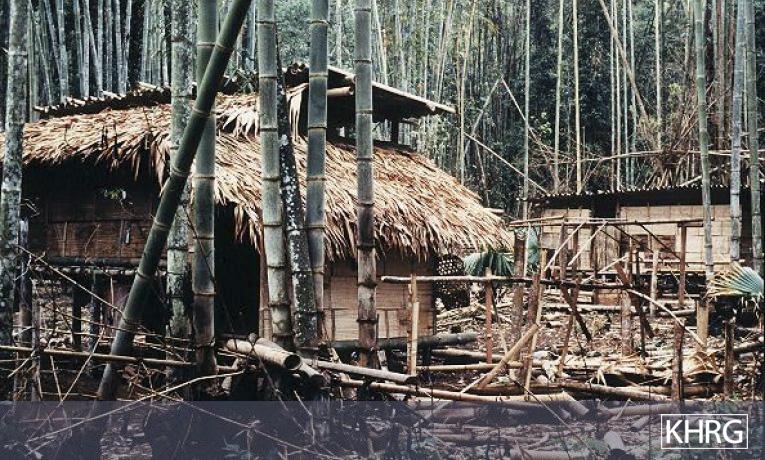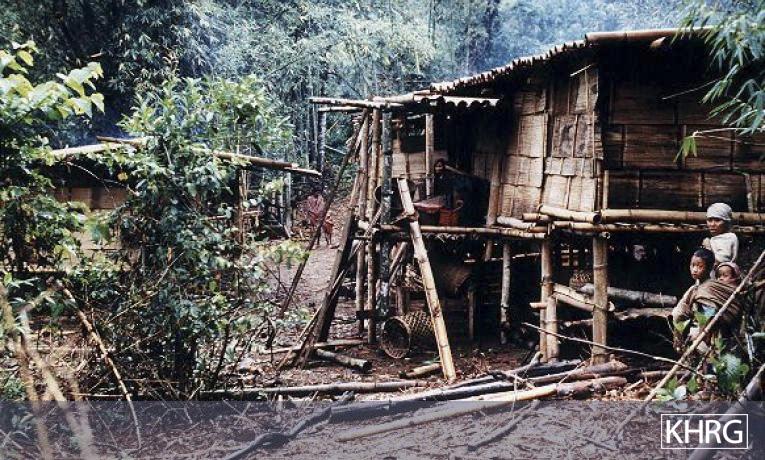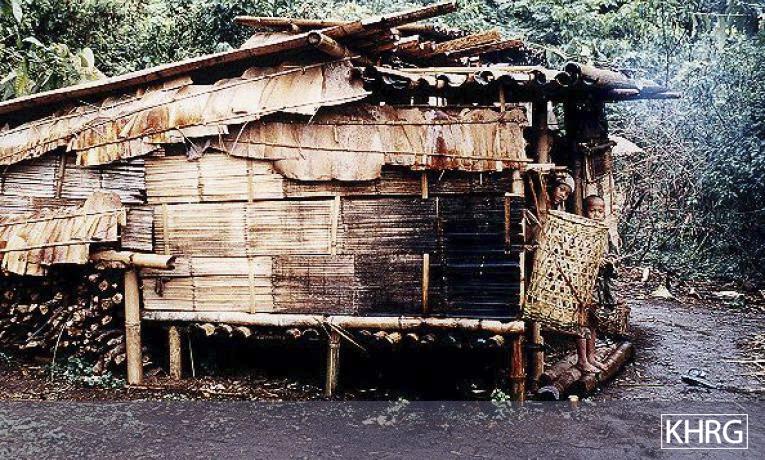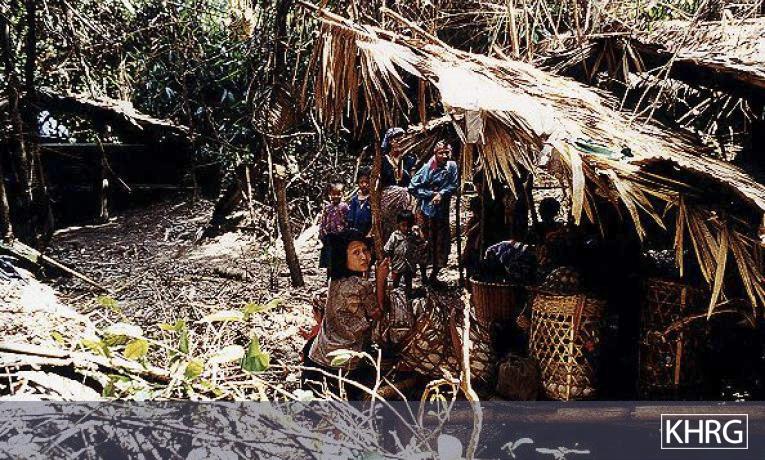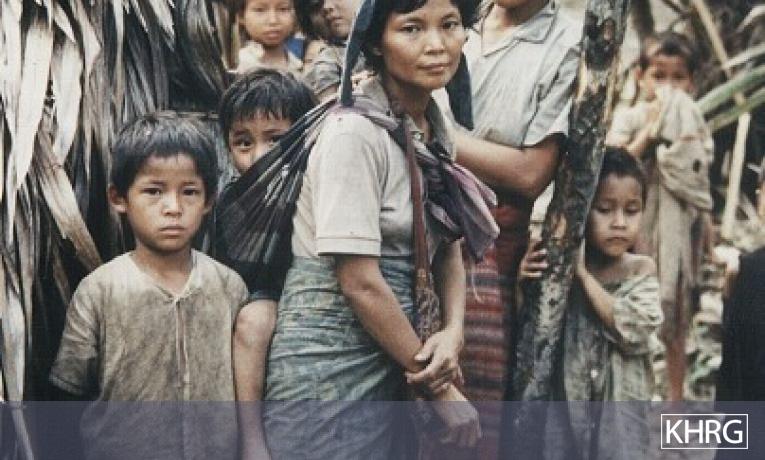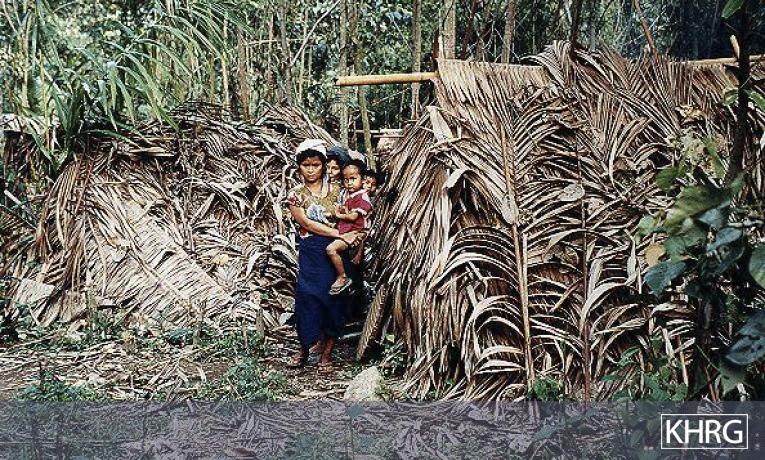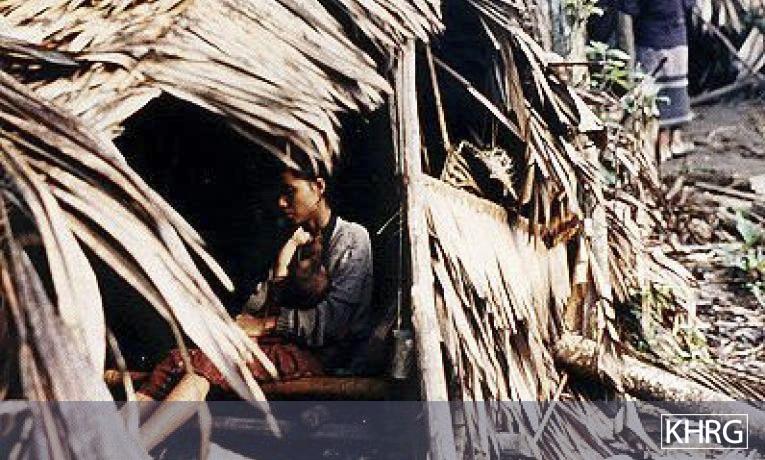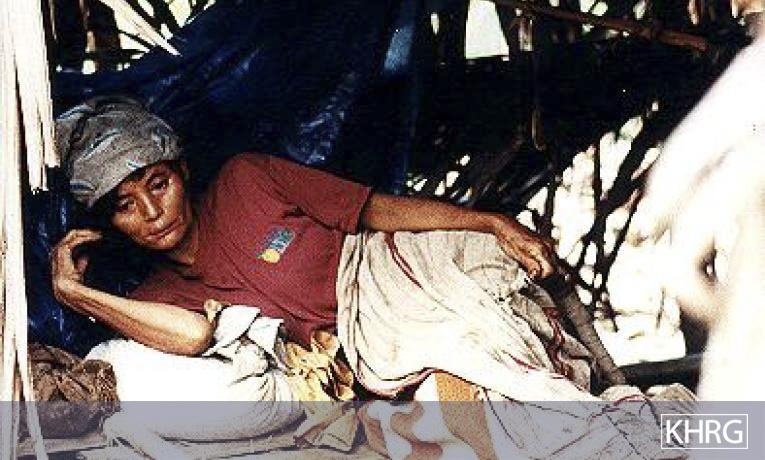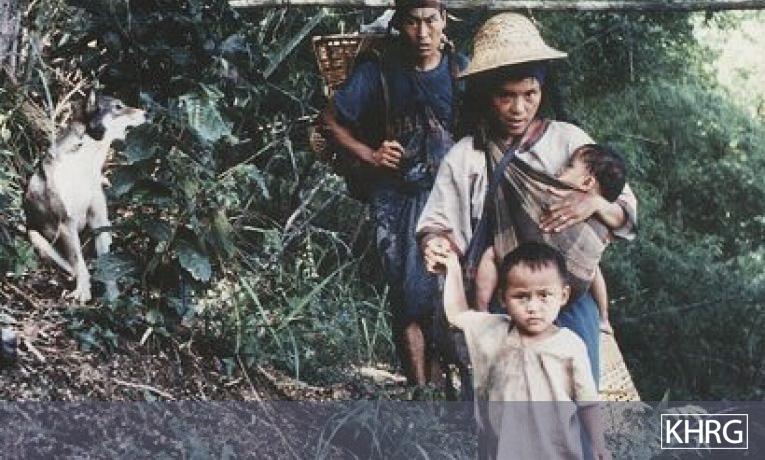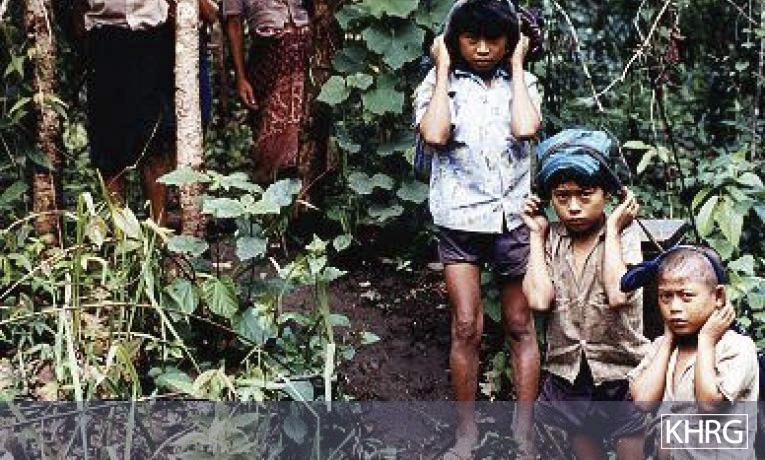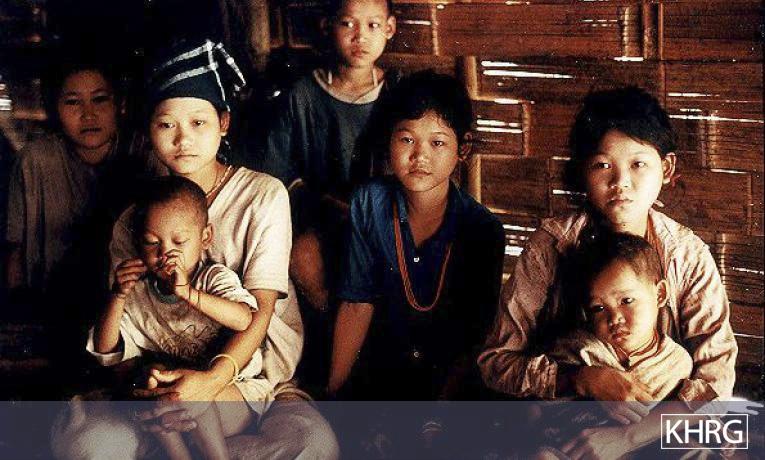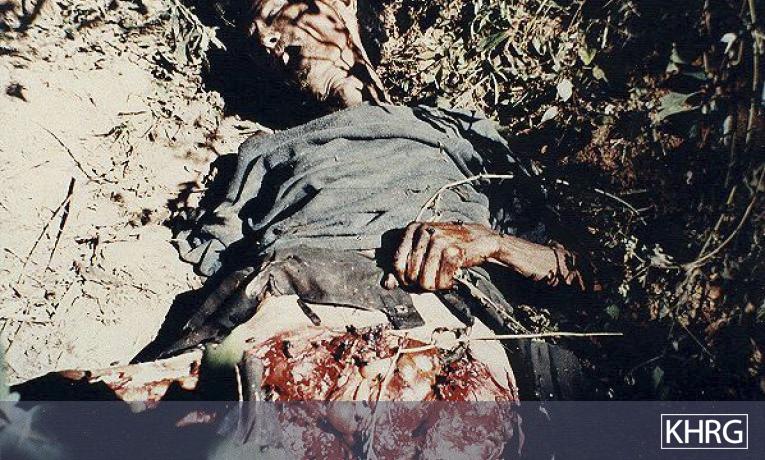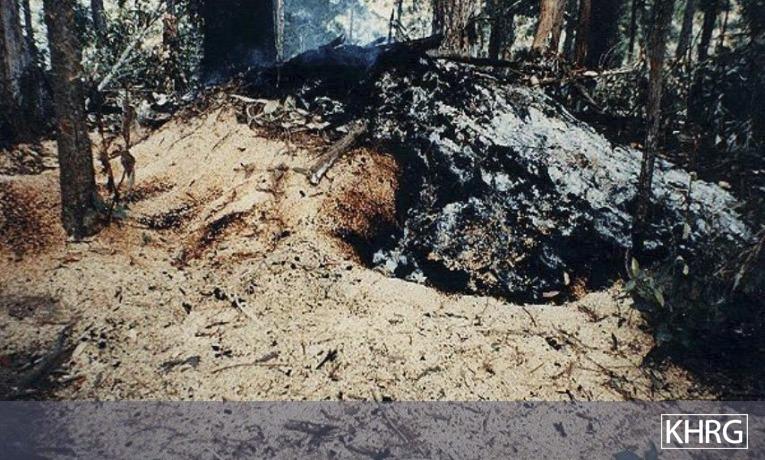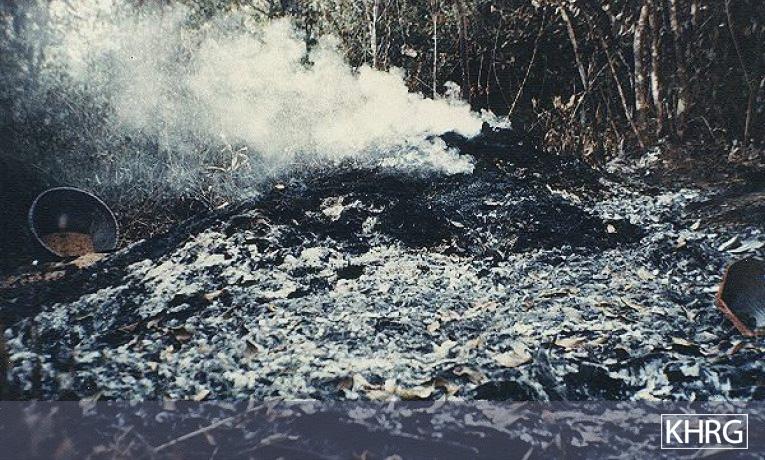This document gives descriptions for Photo Set 97-B, which focuses on SLORC’s campaign of village destruction in Papun District (for further details see "Wholesale Destruction: The SLORC / SPDC Campaign to Obliterate All Hill Villages in Papun and Eastern Nyaunglebin Districts", KHRG #98-01, to be released shortly.). Photos #48 and 49 concern the stories of former SLORC soldiers and an escaped porter, also to be documented in an upcoming KHRG report.
This document gives descriptions for Photo Set 97-B, which focuses on SLORC’s campaign of village destruction in Papun District (for further details see "Wholesale Destruction: The SLORC / SPDC Campaign to Obliterate All Hill Villages in Papun and Eastern Nyaunglebin Districts", KHRG #98-01, to be released shortly.). Photos #48 and 49 concern the stories of former SLORC soldiers and an escaped porter, also to be documented in an upcoming KHRG report. Attached to the end of this report is a copy of KHRG Information Update #97-U3 (originally released on 25/6/97), which gives background on SLORC’s campaign to destroy all villages in the Yunzalin and Bilin River areas of Papun District of northern Karen State. In an apparent attempt to wipe out all possibility of civilian support for opposition forces and to gain military control over this region of remote forested hills and small villages, since February 1997 SLORC troops from at least 6 different Battalions have been going from village to village, burning and destroying everything in their path and shooting villagers on sight. In most of the area they are not even attempting to make contact with the villagers. The photos in this list were taken in June 1997, at which time KHRG compiled and confirmed a list of 73 villages which had been completely destroyed (100%, i.e. every house), and 4 more which had been partially destroyed. Over 20 other villages close to SLORC garrisons had been forced to move.
Since that time, people whose villages were burned by SLORC troops in the months leading up to rainy season (which began in June) were hoping for a rainy season respite so that they could continue living in hiding in forest shelters close enough to their fields to grow a crop. However, SLORC has continued to send out "search and destroy" patrols throughout the rainy season. An independent visitor who just returned from the region has updated the list of destroyed villages to 93, and more are still being destroyed. This does not include the shelters in the forest where villagers have been hiding - SLORC patrols have been specifically searching out these hiding places to burn and destroy these shelters, causing villagers to flee yet again. The troops specially target rice storage barns in order to wipe out the villagers’ food supplies, often bushwhacking their way to hard-to-find hiding places just to burn one or two small rice barns. Troops are also revisiting villages they have already burned, just to look for any trace of villagers and to burn any remaining buildings or sheds which they accidentally missed the first time. Any villagers seen in the area are shot on sight.
All photos in the list are attributable to KHRG and are Copyright KHRG 1997, except Photos #25-28, which are attributable as noted. Numbers in this list correspond to numbers written on the backs of the photos. Due to limited resources, some photos in the list may not be included in the set mailed. Further copies can be obtained by notifying KHRG and paying the costs involved. Some details have been omitted from the photo descriptions to protect the people involved. These photos may be used in any way to help the people of Burma. In the near future, copies of some of these photos should also be available on various Burma-related World Wide Web sites.
Village Destruction in Papun District
Note that in many villages all of the houses were built of bamboo, and when these are burned they look like blackened deserts where nothing remains of the houses except black squares on the ground, while in other villages many houses were built of wood, and in these charred houseposts are still standing. Karen houses are raised above the ground on posts and are generally quite large, housing an entire extended family. Most of the destroyed villages had 10-20 households.
Other Topics
The stories related to the following photos will also be covered in an upcoming KHRG report.

